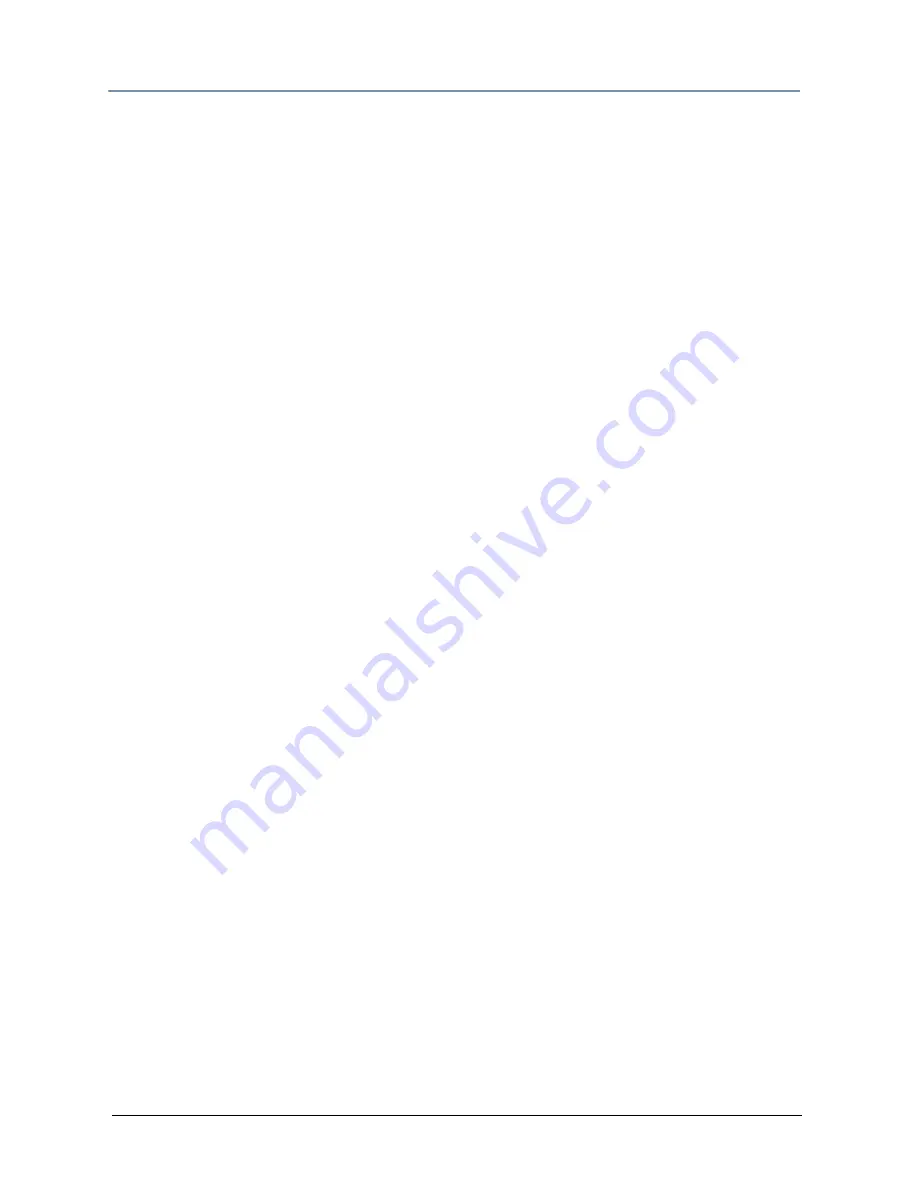
CHAPTER 14
Content Management Application (CMA)
DL.2 User Manual
139
5. Click Add Objects if you wish to add custom 3-D objects to the archive. This will again
bring up a file browser window to navigate to you 3-D objects. Any 3-D objects added will
appear in the right hand column of the wizard. 3-D objects do not get added to folders.
6. Click Next at the bottom of the wizard. This will take you to another screen where you
choose where to save and what to name your archive.
7. Click Browse to navigate to where you want to save and name your archive.
8. Click Next. Your archive will then be created.
NOTES: The Remove Media and Remove Object buttons can be used to
remove media files and objects from the wizard when creating the
archive.
Currently, the archive will not be created unless each media folder
created has at least one media file in it.
All media folders, files and objects will be assigned DMX addresses
in alphabetical fashion.
For CMA Running Mac OS 10.4
To create a Local Archive, you must first create the folder structure recognized by the CMA.
The Creative Local Archive compresses these files into a .dlc format that can be recognized for
uploading. Use the following folder structure in preparing files for a local Archive:
• A top level folder, which contains a Media and Objects folder.
• The Media folder must contain subfolders, and valid files may go into those subfolders.
• Only objects with a .x extension are allowed in the Objects folder (no subfolders).
Creating Content Backup Archive
Backups are created using the Content Archive feature. An Content Archive file is a
compressed file containing all the User Content from a single fixture along with the assigned
DMX values for folders and files.
To create a Content Archive
1. In the Management Client Window select All Server in the left pane.
2. Select the Server with the content you want to backup in the right pane.
3. Select Create Content Archive from the Media Files or 3D Objects drop down menu or
the right click popup list.
Deploying a Content Archive
Deploying the Content Archive you created restores the user content to a fixture. To replicate
this content to other fixtures on the link, use the Clone Content feature (see Cloning User
Content on page 140).
Summary of Contents for DL.2
Page 20: ...xx DL 2 User Manual...
Page 24: ...CHAPTER 1 Product Overview 4 DL 2 User Manual...
Page 54: ...CHAPTER 3 The DL 2 Menu System 34 DL 2 User Manual...
Page 58: ...CHAPTER 4 DMX Programming Basics 38 DL 2 User Manual...
Page 62: ...CHAPTER 5 Graphics Engine Overview 42 DL 2 User Manual...
Page 70: ...CHAPTER 6 Graphic Functions Defining Content 50 DL 2 User Manual...
Page 82: ...CHAPTER 7 Graphic Functions Rotation Position Scale 62 DL 2 User Manual...
Page 138: ...CHAPTER 11 Effect Mode Options Descriptions 118 DL 2 User Manual...
Page 168: ...CHAPTER 14 Content Management Application CMA 148 DL 2 User Manual...
Page 188: ...CHAPTER 16 Restoring the System 168 DL 2 User Manual...
Page 238: ...APPENDIX A DL 2 DMX Protocol 218 DL 2 User Manual...
Page 246: ...APPENDIX D DL 2 Specifications 226 DL 2 User Manual...
Page 252: ...APPENDIX E Safety Information 232 DL 2 User Manual...






























